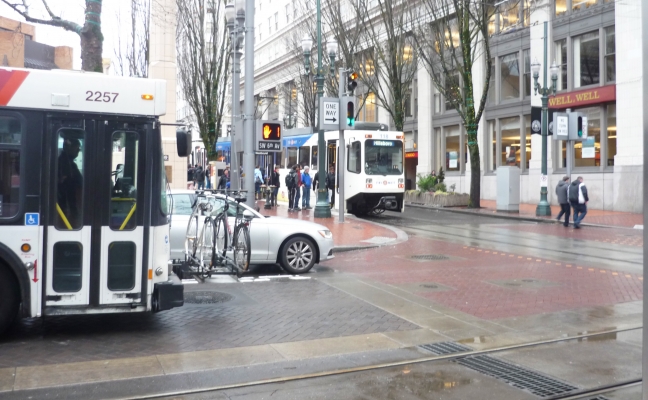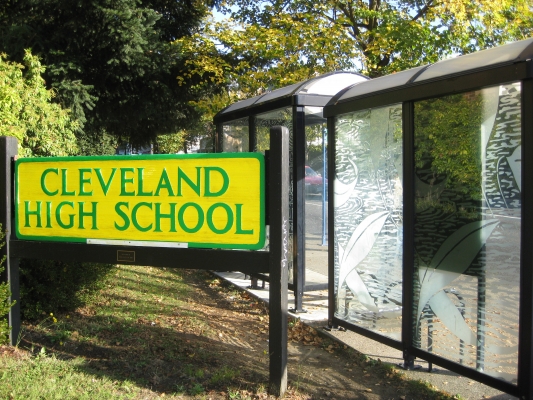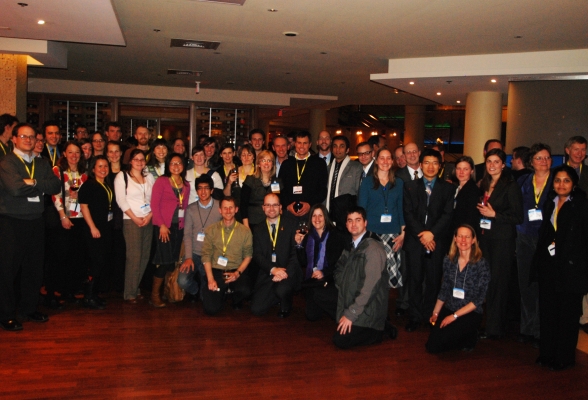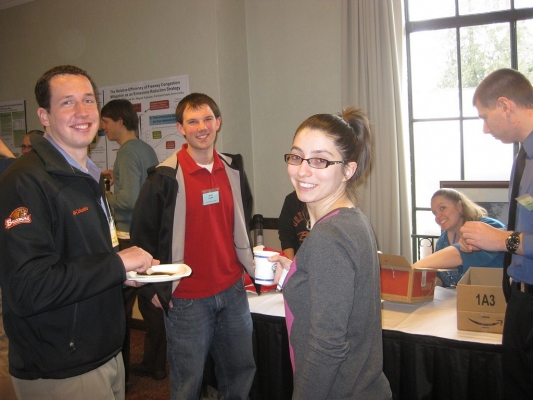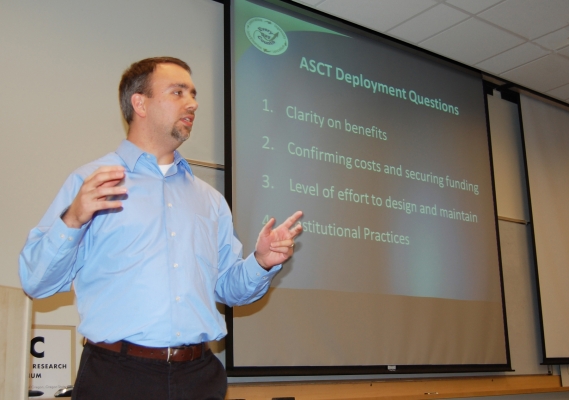Portland State University and the city of Portland will partner on a series of “smart city” projects over the next year as part of a national MetroLab Network initiative, announced at the White House on Monday, Sept. 14.
PSU and Portland are among 20 city-university pairings throughout the United States taking part in the initiative, in which partners will research, develop and deploy innovative technologies to address challenges facing the nation’s urban areas.
The White House statement about the MetroLab Network was part of a larger event announcing other smart cities programs being launched on the federal level. The Smart Cities Initiative will invest more than $160 million in federal research and leverage new technology innovations to help local communities tackle key challenges such as reducing traffic congestion, fighting crime, fostering economic growth, managing the effects of climate change and improving the delivery of city services.
The projects that Portland State and the city will focus on center around Portland’s mass-transit system, including a new bus rapid transit line along the Powell-Division corridor that Portland and TriMet plan to put in place in 2019. PSU researchers will work with the city and other partners to test air quality and traffic along the corridor using the latest sensor technology. They also will use sensors and traditional surveys to collect data showing how the new rapid transit line affects...
Read more
